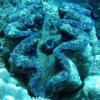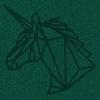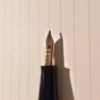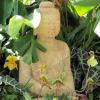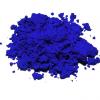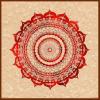Search the Community
Showing results for tags 'pigment'.
-
Kala inks are based in Taiwan and make mostly pigment inks, the Gemstone (variations on grey), Abstraction (variations on Khaki, Grey and Purple) and Tribute to Neon (highlighter), They have also 3 series of dye-based inks, as of now (2023). This is my first pigment ink from this brand. A...
- 11 replies
-
desaturated.thumb.gif.5cb70ef1e977aa313d11eea3616aba7d.gif)
Old retail packaging for Sailor Nano ink cartridges
A Smug Dill posted a gallery image in FPN Image Albums
-
Blackstone Barrister Black is a new ink from Australian Vendor Justwrite It is a nano-carbon pigmented black that, like others of its class, is permanent, solvent-resistant/proof, and very well behaved. When I first got the ink for testing, it was labelled under it's pre-release name of Bl...
- 21 replies
-
- blackstone barrister black
- waterproof
-
(and 4 more)
Tagged with:
-
Afternoon everyone. Lockdown and terrible sleep patterns have me at a minor stage of madness, so at 5 this morning while I was considering grabbing the air rifle & silencing some of the birds that had apparently gotten hold of megaphones to sing their dawn chorus outside my window... I decided i...
-
Souboku (蒼墨) is Sailor's new addition this year to its line of pigment inks for fountain pens, after the old stalwarts kiwaguro (極黑) and seiboku (青墨). Since moving to the new, taller square bottles with the smaller footprint, Sailor has dropped the word ‘Nano’ and the hyphens from the names in this...
-
Are pigmented inks or inks with particles (glitter), wetter or drier than dye based ink (like iroshizuku inks) ? and why so (scientifically) ?
-
Okay so I know this sounds strange (or normal for those who have been in the hobby for long enough), but I've received a lot of information regarding pigmented inks which have ended up being quite confusing. The main source of confusion is in its behaviour on paper. I've seen glowing reviews of...
- 6 replies
-
- feathering
- bleeding
-
(and 3 more)
Tagged with:
-
Well this may be the most boring ink review you've ever seen. Sailor Kiwa-guro is a permanent black ink based on nano-pigment instead of a dye. I presume this means the pigment particles are much smaller than usual for pigments, but not so small to be a dye. There may be other factors that contribut...
-
Has anyone used Platinum Carbon or another permanent micropigment ink in a Parker 51, and what were the results? How insane is this idea? I am concerned about particles clogging the finely finned collector.
- 10 replies
-
- parker 51
- platinum carbon
-
(and 3 more)
Tagged with:
-
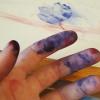
Pen Recommendations For Pigmented Inks
em_the_pen posted a topic in Fountain & Dip Pens - First Stop
I have found some lovely pigmented ink colors. The problem is they clog my pens rather badly. Are there any relatively inexpensive pens that are resistant to such clogging and/or work well with highly pigmented inks? Thanks! -
I recently purchased a few bottles of Sailor's Kiwa-Guro Nano Carbon Ink and absolutely love the stuff in my fountain pens. Even the smell is awesome. I'm curious though if there's a downside to using an ink like this for dip pens? How well does this ink work relative to the Iron Gall and Oak G...
-
A friend just shared this short video with me about the rare pigment collection at Harvard. Perhaps you will enjoy it? Makes me want to go on a field trip now. Best, AD
-
Sailor's pigmented inks, Kiwa-Guro (black) and Sei-Boku (blue-black), are waterproof and have a reputation for good characteristics. But, until now, have only been available in those two effective but unexciting colors. Taizo Okagaki (Ebay seller Engeika) has just started advertising for pre-or...
-
Heads Up... Super 5 Inks are now on Massdrop !!!... If you ever wanted to try them... this is your chance.. they are approx $20each (with shipping)... it can go down to approx $18each with shipping. https://www.massdrop.com/buy/super5-waterproof-ink?referer=X9GDXR&mode=guest_open&ut...
-

Informal Review - Organics Studio - Oops - Accident Pigment Ink
amberleadavis posted a topic in Ink Reviews
http://sheismylawyer.com/She_Thinks_In_Ink/Inklings/slides/2013-Ink_616a.jpg http://sheismylawyer.com/She_Thinks_In_Ink/Inklings/slides/2013-Ink_616b.jpg


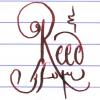
.jpg.91bd353757a432edfe4510496217dc23.jpg)
